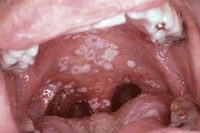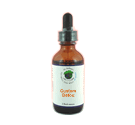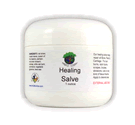|
|
Candida
 |
Candida species are yeast like fungi that are normally carried by humans and animals. However, they are frequently found in hospital environments, including on foods, countertops, air-conditioning vents, floors, respirators, and medical personnel. They are also found on diseased skin and mucosal membranes of the gastrointestinal, genitourinary, and respiratory tracts. Candida species are the most common cause of fungal infection in immune-compromised persons.
Candida species can be life-threatening and produce a wide spectrum of diseases, ranging from superficial mucocutaneous disease to invasive illnesses. Some of these are hepatosplenic candidiasis, Candida peritonitis, and systemic candidiasis and can be difficult to diagnose due to a lack of reliable diagnostic methods that allow detection of both fungemia and tissue invasion by Candida species.
Patients who are critically ill and in medical and surgical ICUs have been the prime targets for opportunistic nosocomial fungal infections, mainly from Candida species. Studies suggest that the problem is not under control and, in fact, it is worsening. On a daily basis, virtually all physicians are confronted with a positive Candida isolate obtained from one or more various anatomical sites. High-risk areas for Candida infection include neonatal, pediatric, and adult ICUs, both medical and surgical. Candida infections can involve any anatomical structure, causing any number of symptoms.
|
|
|
 Arthropod/Vector
Bacteria
Chemicals
Fungus /Mold
/ Yeast Metals Parasites Virus Other
Arthropod/Vector
Bacteria
Chemicals
Fungus /Mold
/ Yeast Metals Parasites Virus Other



